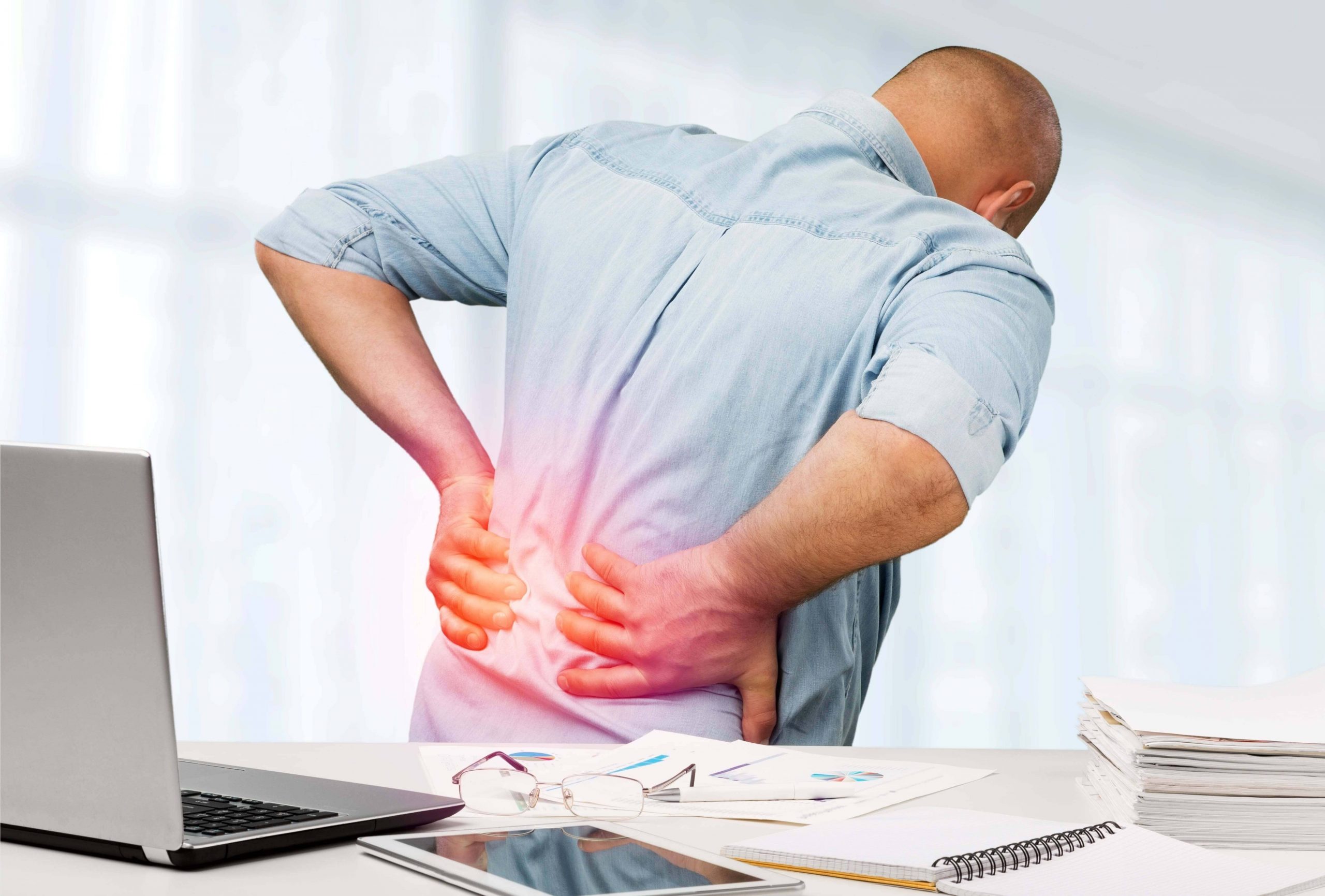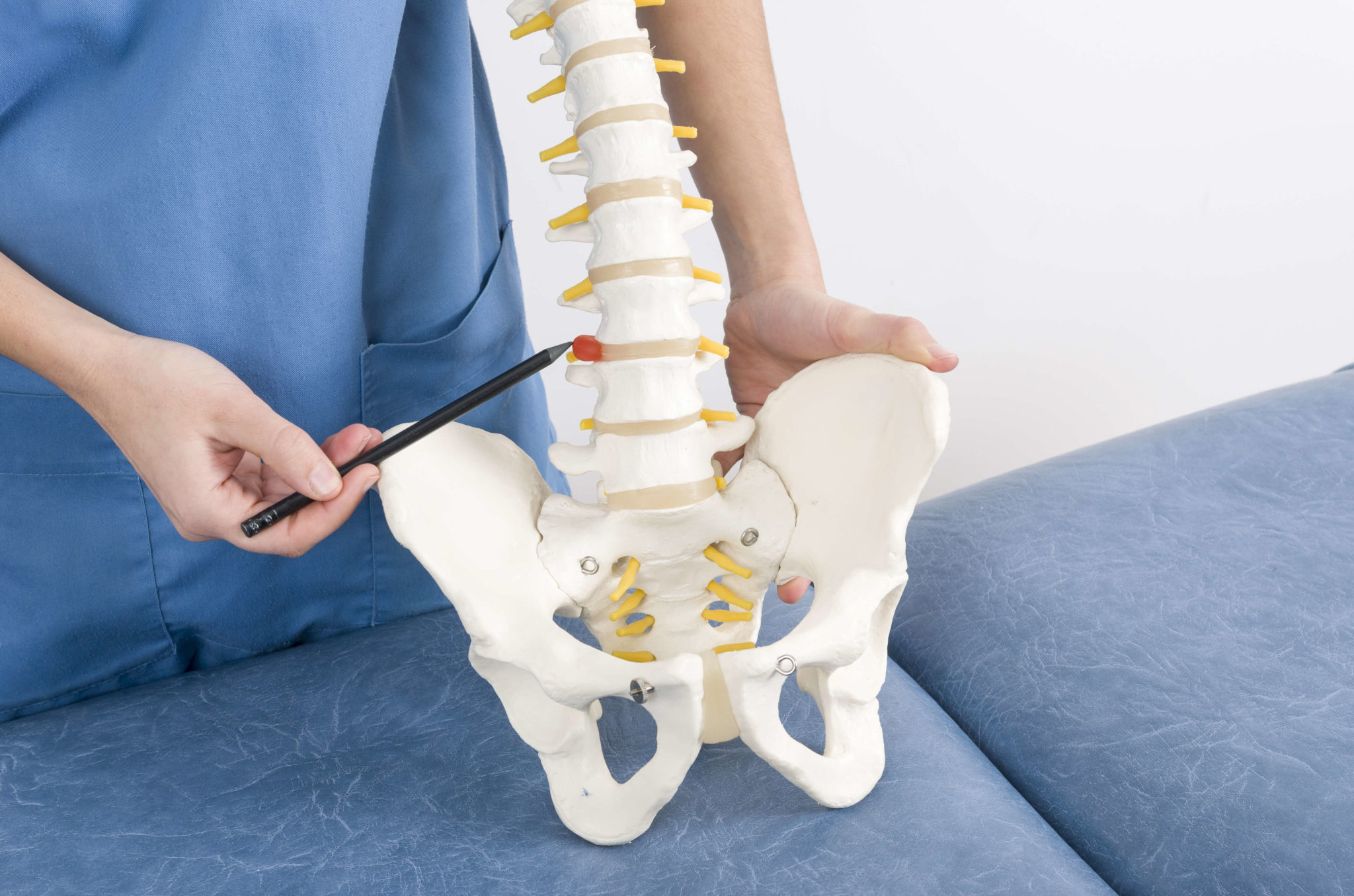There are discs that divide the skeletal structures of the spinal column. These discs are made up of tissues such as fat and water connecting the spinal skeleton. They are not made up of nerves or blood vessels as many may assume. Gravity will cause these to leak water on a constant basis. We all know there is no escaping gravity. When someone takes the seemingly simple action of sitting, there is actually a lot of weight and pressure put on the discs and the spine.
As the day goes on, the water is restored in the disks, but it comes back at a slower rate than it goes out. There is a delicate balance between the fat and water in the disc. Someone can actually shrink when this balance is offset. Age will also lead this delicate balance of fat and water to lose its prior thickness and begin to thin out. This thinning can cause osteoarthritis. This thinning of the fat and water in the disc is the main cause of lower back pain for most people.
The outer areas of the disks are covered by “annulus fibrosis”. Scaring of the tissues can result if any connective tissue thickens too much. When there is any injury or infection there can be decreased oxygen intake. This can usually lead to needing surgery at the hands of reputed surgeons similar to Dr Timothy Steel, for instance. As for the inner parts of the disc, this is protected by the “nucleus pulposis”. This is a soft and polished part of the disk. The discs act as the support system for the bones, muscles and entire spinal column.

Whenever the discs are not guarding the spinal column, it can become deformed, dehydrated and pressured. The discs allow for great strength and flexibility and can hold up under a great deal of pressure. When there is a problem holding up to that flexibility, herniated discs and other injuries can result.
HNP, which stands for herniated nucleus pulposa, is the medical terminology for what is more commonly known as a ‘slipped disc’. There is a resulting interruption of the nucleus pulposa. They can affect different areas of the spine, including L4, L5, which are lumbrosacral and the cervical C5-7.
Causes For Herniated Discs and Spinal Degeneration
There are many causes for a ‘slipped’ or herniated disc. Some of those are neck and back strain, incorrectly lifting heavy objects, accidents and trauma. Other causes include genetic deformities, weak ligaments, and spinal degeneration. Symptoms such as severe lower back pain are the result of lumbrosacral. The pain will go from the back, to buttocks, to the legs. The victim may feel numb, tingling from the leg to the foot, and weakness.
If the disc problem is cervical, then the person will have stiffness present itself in the neck. Bonuses for using original product made out of cbd for pain relief. There are other oil and tinchures too. The pain will cause numbness and weakness along with tingling in the hands. The neck pain can then travel to the arms and hands. This can then lead to upper body weakness. Atrophy can affect the biceps and triceps. Straightening the back will be more difficult for someone if the lumbar is also affected.

There is a lot that takes place when the disc is herniated and the broken annulus fibrosis ends up pushing substances to the spacing in between the spinal column. The nerves, which travel everywhere in the body and the brain, make up the column. When there is a herniation, the nerves are all involved. Watch the video below for a better understanding of spinal degeneration of the discs.
